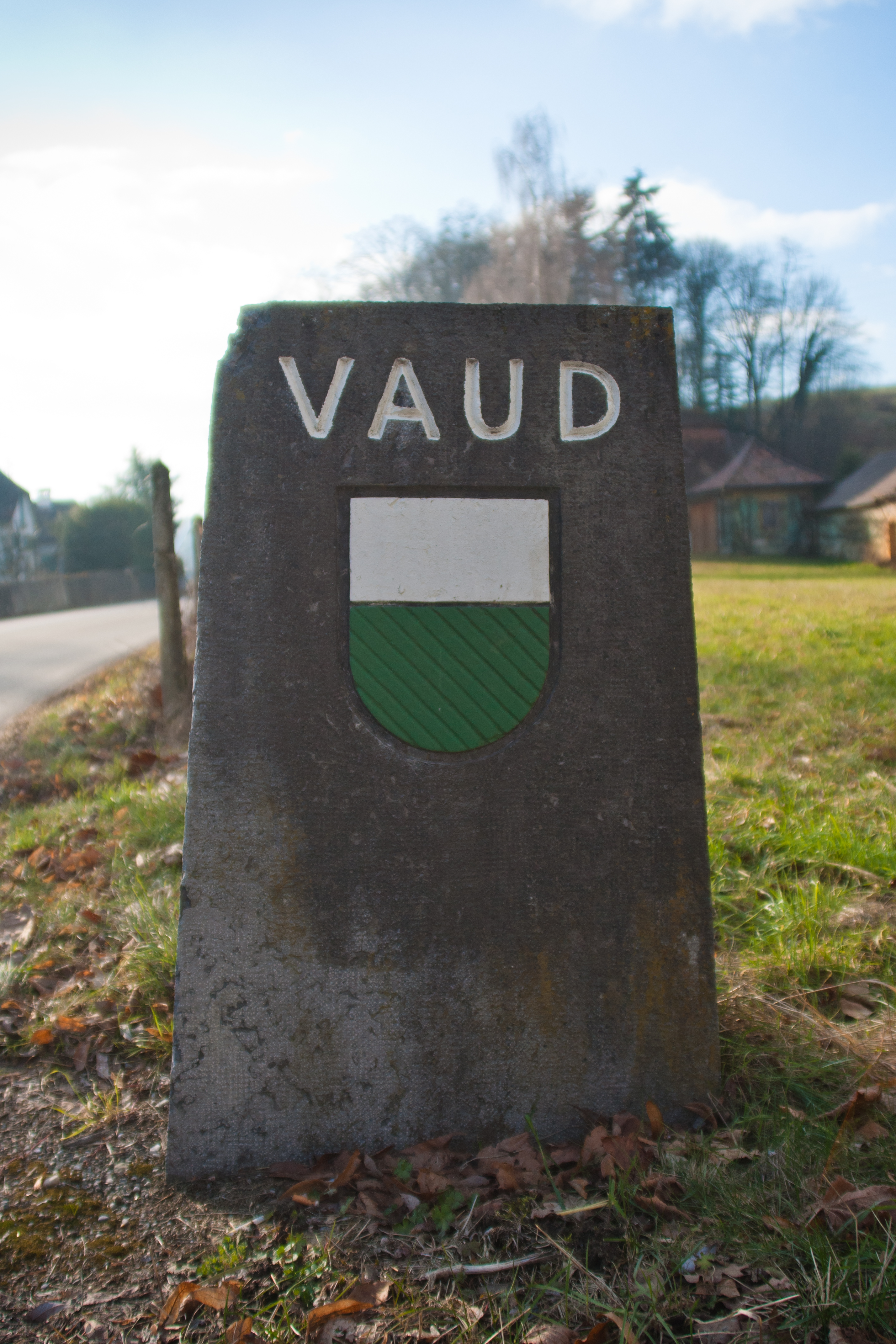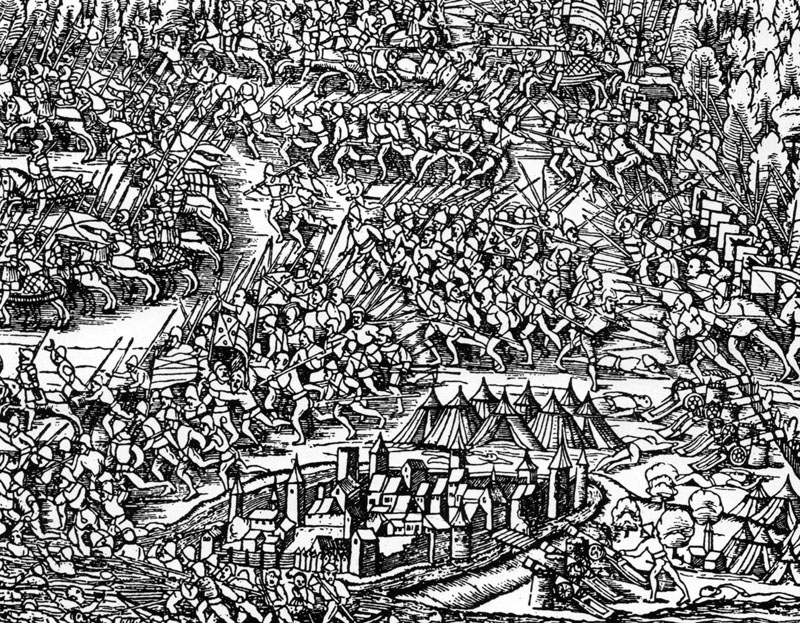|
Haut-Vully
Haut-Vully ( frp, Hiôt-Vulyi) is a former municipality in the district of See/Lac in the canton of Fribourg in Switzerland. Until 1977, it was officially known as ''Vully-Le-Haut''. Its German name of Oberwistenlach is now little used. On 1 January 2016 the former municipalities of Bas-Vully and Haut-Vully merged to form Mont-Vully. History Haut-Vully is first mentioned around 968-85 as ''Vuisliacense''. In 1453 it was mentioned as ''Vuilliez''. Geography Haut-Vully had an area, , of . Of this area, or 70.4% is used for agricultural purposes, while or 13.2% is forested. Of the rest of the land, or 13.1% is settled (buildings or roads), or 2.5% is either rivers or lakes and or 0.7% is unproductive land.Swiss Federal Statistical Office-Land Use Statistics [...More Info...] [...Related Items...] OR: [Wikipedia] [Google] [Baidu] |
Mont-Vully
Mont-Vully (; frp, Mont-Vulyi) is a Municipalities of Switzerland, municipality in the district of See (district of Fribourg), See in the Cantons of Switzerland, canton of Fribourg (canton), Fribourg in Switzerland. It was formed on 1 January 2016 when the former municipalities of Bas-Vully and Haut-Vully merged. History Haut-Vully is first mentioned around 968-85 as ''Vuisliacense''. In 1453 it was mentioned as ''Vuilliez''. Bas-Vully is first mentioned in 968 as ''Williacense''. Until 1831 it was known as ''vor Commune générale des quatre villages de La Rivière''. The municipality was formerly known by its German name ''Unterwistenlach''; however, that name is no longer used. Geography Mont-Vully has an area of . Demographics Mont-Vully has a population () of . Heritage sites of national significance The House De W. J. Merz, the Gatschet House, the Les Rondas House, the De Steiger House, the d’Erlach-Velga House, the de Wattenwyl House and the oppidum of Mont Vully ... [...More Info...] [...Related Items...] OR: [Wikipedia] [Google] [Baidu] |
Prehistoric Pile Dwellings Around The Alps
Prehistoric pile dwellings around the Alps are a series of prehistoric pile dwelling (or stilt house) settlements in and around the Alps built from about 5000 to 500 BC on the edges of lakes, rivers or wetlands. In 2011, 111 sites located variously in Switzerland (56), Italy (19), Germany (18), France (11), Austria (5) and Slovenia (2) were added to the UNESCO World Heritage Site list. In Slovenia, these were the first World Heritage Sites to be listed for their cultural value. Excavations conducted at some of the sites have yielded evidence regarding prehistoric life and the way communities interacted with their environment during the Neolithic and Bronze Ages in Alpine Europe. These settlements are a unique group of exceptionally well-preserved and culturally rich archaeological sites, which constitute one of the most important sources for the study of early agrarian societies in the region. Contrary to popular belief, the dwellings were not erected over water, but on nearby ma ... [...More Info...] [...Related Items...] OR: [Wikipedia] [Google] [Baidu] |
Mur, Switzerland
Mur is a former municipality in the district of Broye-Vully in the canton of Vaud in Switzerland. The municipalities of Bellerive, Chabrey, Constantine, Montmagny, Mur, Vallamand and Villars-le-Grand merged on 1 July 2011 into the new municipality of Vully-les-Lacs.Amtliches Gemeindeverzeichnis der Schweiz published by the Swiss Federal Statistical Office accessed 17 February 2011 History Mur is first mentioned in 1396 as ''Murs''.Geography  Mur has an area, , of . Of this area, or 7 ...
Mur has an area, , of . Of this area, or 7 ...
[...More Info...] [...Related Items...] OR: [Wikipedia] [Google] [Baidu] |
Bas-Vully
Bas-Vully ( frp, Bâs-Vulyi) is a former municipality in the district of See in the canton of Fribourg in Switzerland. On 1 January 2016 the former municipalities of Bas-Vully and Haut-Vully merged to form Mont-Vully. History Bas-Vully is first mentioned in 968 as ''Williacense''. Until 1831 it was known as ''vor Commune générale des quatre villages de La Rivière''. The municipality was formerly known by its German name ''Unterwistenlach''; however, that name is no longer used. Geography Bas-Vully had an area, , of . Of this area, or 70.2% is used for agricultural purposes, while or 12.6% is forested. Of the rest of the land, or 13.8% is settled (buildings or roads), or 2.9% is either rivers or lakes and or 0.6% is unproductive land.Swiss Federal Statis ... [...More Info...] [...Related Items...] OR: [Wikipedia] [Google] [Baidu] |
See (district Of Fribourg)
See or Lac District (german: Seebezirk, french: District du Lac) is one of the seven districts of the canton of Fribourg in Switzerland. Lying to the north of the canton, the district is bilingual ( French/German). Its territory enclaves the two Bernese municipalities of Münchenwiler and Clavaleyres, while its own village of Wallenbuch (now part of Gurmels) is an exclave within Bern. It has a population of (as of ). Municipalities See/Lac consists of the following seventeen municipalities: Coat of arms The blazon of the district coat of arms is ''Argent, a Lion rampant Gules crowned and armed Or on Coupeaux Vert.'' Demographics See/Lac has a population () of .. Two thirds of the population () speak German (67.1%) as their first language, French is the second most common (24.9%), there are (1.1%) who speak Italian and (0.1%) who speak Romansh. , the population was 49.9% male and 50.1% female. The population was made up of 13,164 Swiss men (40.6% of the population) and 3 ... [...More Info...] [...Related Items...] OR: [Wikipedia] [Google] [Baidu] |
Ins, Switzerland
Ins (; french: Anet ) is a municipality in the Seeland administrative district in the canton of Bern in Switzerland. History Ins is first mentioned in 1009 as ''Anestre''. In 1179 it was mentioned as ''Anes''. The area around Ins has been inhabited since at least the Iron Age. On Schaltenrain hill, individual graves and groups of grave mounds have been found stretching over of the hill. At least four different sites have been discovered. The first excavation was carried out under the direction of Gustav von Bonstetten in 1848, who placed his discoveries in the Historical Museum of Berne. In the following year, Emanuel F. Müller excavated other sites on the hill. The third large excavation was in 1908-09 under Jakob Heierli, who placed his finds in the Museum Schwab in Bienne. Due to the number and variety of artifacts, smaller sites and individual items continue to be discovered. Bonstetten's excavations discovered a minimum of ten grave mounds, in height, arraig ... [...More Info...] [...Related Items...] OR: [Wikipedia] [Google] [Baidu] |
Greng
Greng is a municipality in the district of See/Lac in the canton of Fribourg in Switzerland. History Greng is first mentioned in 1349 as ''Groyn''. Geography Greng has an area, , of . Of this area, or 76.3% is used for agricultural purposes, while or 10.3% is forested. Of the rest of the land, or 14.4% is settled (buildings or roads) and or 3.1% is unproductive land.Swiss Federal Statistical Office-Land Use Statistics 2009 data accessed 25 March 2010 Of the built up area, housing and buildings made up 11.3% and transportation infrastructure made up 3.1%. Out of the forested land, 8.2% of the total land area is heavily forested and 2.1% is covered with orchards or small clusters of trees. Of the agricultural land, 60.8% is used for growing crops ... [...More Info...] [...Related Items...] OR: [Wikipedia] [Google] [Baidu] |
Murten/Morat
Murten (German) or Morat ( French, ; frp, Morât ) is a bilingual municipality and a city in the See district of the canton of Fribourg in Switzerland. It is located on the southern shores of Lake Morat (also known as Lake Murten). Morat is situated between Neuchâtel and Fribourg and is the capital of the See/Lac District of the canton of Fribourg. It is one of the municipalities with a majority (about 75%) of German speakers in the predominantly French-speaking Canton of Fribourg. On 1 January 1975 the former municipality of Burg bei Murten merged into the municipality of Murten.Nomenklaturen – Amtliches Gemeindeverzeichnis der Schweiz accessed 9 February 2013 It was followed on 1 January 1991 by the former municipality of |
Inventory Of Swiss Heritage Sites
The Federal Inventory of Heritage Sites (ISOS) is part of a 1981 Ordinance of the Swiss Federal Council implementing the Federal Law on the Protection of Nature and Cultural Heritage. Sites of national importance Types The types are based on the Ordinance and consolidated/translated as follows: *city: german: Stadt, Stadt/Flecken, it, città, french: ville *town: german: Kleinstadt, Kleinstadt (Flecken), it, borgo, borgo/cittadina, french: petite ville *urbanized village: german: verstädtertes Dorf, it, villaggio urbanizzato, french: village urbanisé, rm, vischnanca urbanisada *village: german: Dorf, it, villaggio, french: village, rm, vischnanca *hamlet: german: Weiler, it, frazione, frazione (casale), french: hameau, rm, aclaun *special case: german: Spezialfall, it, caso particolare, french: cas particulier, cas spécial, rm, cas spezial References * External links ISOS* {{DEFAULTSORT:Heritage Sites Heritage registers in Switzerland Switzerland geograph ... [...More Info...] [...Related Items...] OR: [Wikipedia] [Google] [Baidu] |
Faoug
Faoug () is a municipality in the district of Broye-Vully in the canton of Vaud in Switzerland. History Faoug is first mentioned in 1228 as ''Fol''. Geography Faoug has an area, , of . Of this area, or 55.1% is used for agricultural purposes, while or 25.2% is forested. Of the rest of the land, or 19.7% is settled (buildings or roads) and or 0.6% is unproductive land.Swiss Federal Statistical Office-Land Use Statistics 2009 data accessed 25 March 2010 Of the built up area, industrial buildings made up 1.2% of the total area while housing and buildings made up 9.0% and transportation infrastructure made up 9.3%. Out of the forested land, 23.5% of the total land area is heavily forested and 1.7% is covered with orchards or small clusters of trees ... [...More Info...] [...Related Items...] OR: [Wikipedia] [Google] [Baidu] |
Broye (river)
The Broye (; frp, Brouye''Dictionnaire-Dikchenéro: Français-Patois/Patê-Franché''. Société cantonale des patoisans fribourgeois. Fribourg: 2013. p. 87 ) is a 68 km long river, in the cantons of Fribourg and Vaud, in Switzerland. It has a watershed area of 850 km². Presentation Its source is located in Semsales, in the Fribourgeois/Vaudois Prealps, south-west of Bulle. It flows first south-west along the Fribourgeois/Vaudois Prealps and turns north after 10 km. The direction of the river changes again near Moudon to the north-east. From Payerne, the Broye is running in a large and agricultural valley. The river flows into Lake Morat first, and then into Lake Neuchâtel through the ''Broye canal'' (French: ''Canal de la Broye''). List of Tributaries * The Petite Glâne * The Bressonne * The Lembe * The Arbogne Course *Semsales *Oron * Moudon *Lucens *Payerne * Salavaux *Lake Morat * Sugiez * La Sauge *Lake Neuchatel See also *Swiss plateau The Swiss Pla ... [...More Info...] [...Related Items...] OR: [Wikipedia] [Google] [Baidu] |
Meyriez
Meyriez (; frp, Mêriéz ; german: Merlach) is a municipality in the district of See or du Lac in the canton of Fribourg in Switzerland. It is one of the municipalities with a large majority of German speakers in the mostly French-speaking canton of Fribourg. History Meyriez is first mentioned in 1162 as ''de Meriaco''. In 1178 it was mentioned as ''Meriei''. Geography Meyriez has an area of . Of this area, or 2.9% is used for agricultural purposes, while or 0.0% is forested. Of the rest of the land, or 88.2% is settled (buildings or roads) and or 5.9% is unproductive land.Swiss Federal Statistical Office-Land Use Statistics 2009 data accessed 25 March 2010 Of the built up area, industrial buildings made up 2.9% of the total area while housing and ... [...More Info...] [...Related Items...] OR: [Wikipedia] [Google] [Baidu] |





